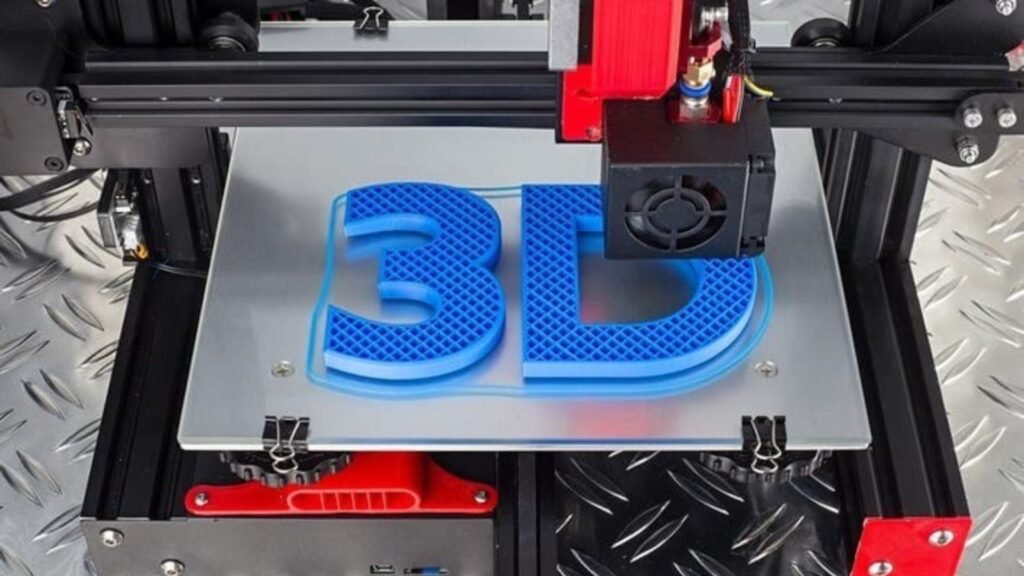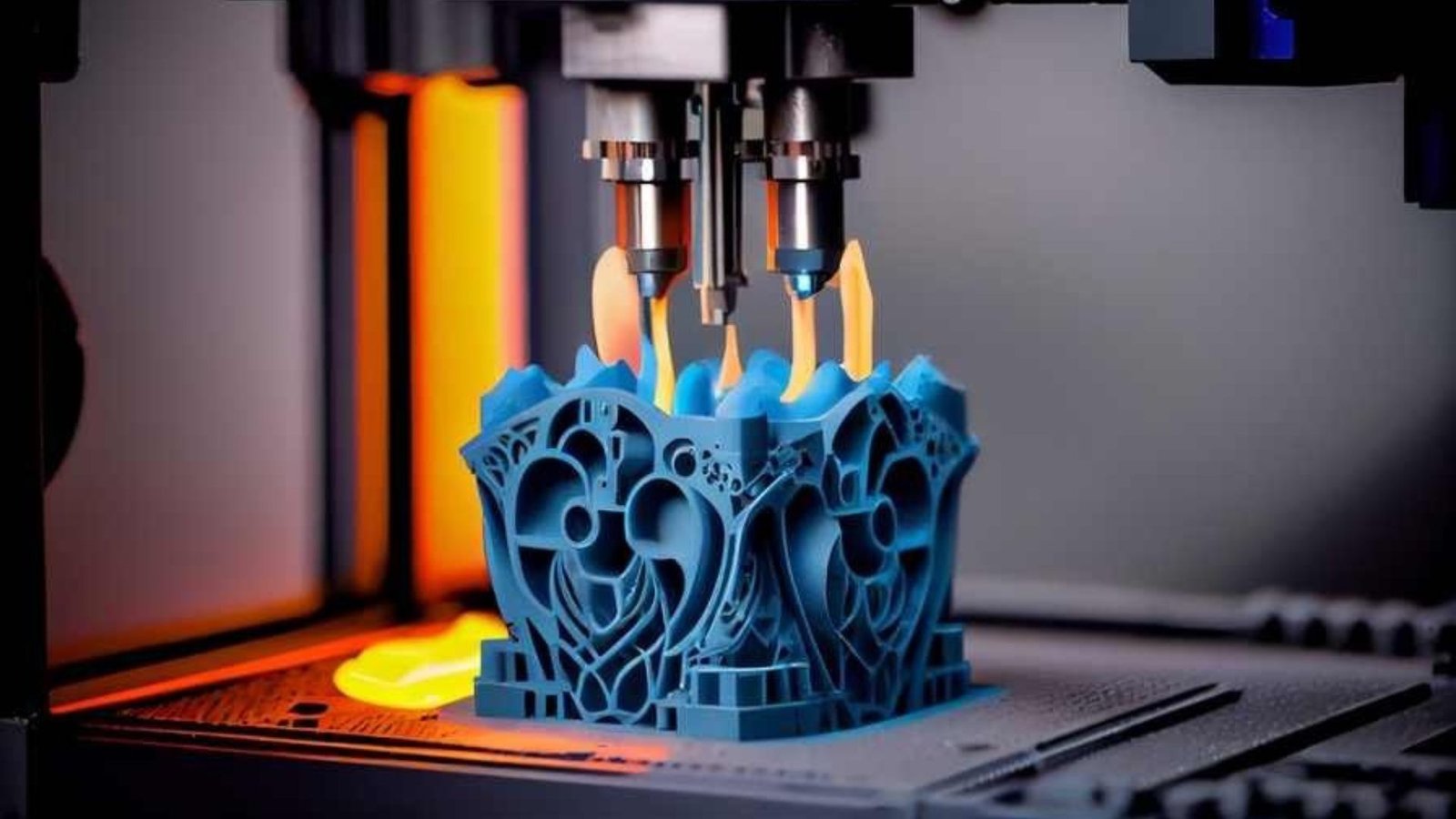The Impact of 3D Printing on Manufacturing
3D printing has revolutionized the manufacturing industry in several significant ways. Here’s a detailed look at its impact:

Customization and Personalization
Bespoke Products: 3D printing allows for the creation of customized products tailored to individual needs. This is particularly valuable in sectors like healthcare, where prosthetics and dental implants can be made to fit perfectly.
Consumer Products: Companies can offer personalized consumer products, from custom-designed jewelry to made-to-order fashion items.
Reduced Production Costs
Lower Setup Costs: Traditional manufacturing methods often require expensive molds and tooling. 3D printing eliminates these costs, making it cost-effective for short runs and prototyping.
Material Efficiency: 3D printing uses only the material necessary to create the product, reducing waste compared to subtractive manufacturing processes.
Faster Prototyping and Iteration
Rapid Prototyping: Designers and engineers can quickly create and test prototypes, speeding up the development process. This accelerates innovation and reduces time-to-market for new products.
Iterative Design: Changes can be made easily and quickly, allowing for multiple iterations in a short period.
Complex Geometries and Innovation
Complex Designs: 3D printing can produce intricate geometries and complex structures that are difficult or impossible to achieve with traditional manufacturing methods.
Innovation: This capability encourages innovative designs and new approaches to product development.
On-Demand Production
Reduced Inventory: Products can be manufactured on demand, reducing the need for large inventories and warehousing. This also lowers storage costs and reduces the risk of unsold stock.
Supply Chain Flexibility: On-demand production can lead to more flexible supply chains, as products are made as needed rather than in bulk.
Sustainability
Resource Efficiency: 3D printing can reduce material waste compared to traditional subtractive manufacturing methods.
Localized Production: By enabling local production, 3D printing can reduce the carbon footprint associated with transportation and logistics.
Accessibility and Democratization
Lower Barriers to Entry: Small businesses and individuals can access 3D printing technology, lowering the barriers to entry in manufacturing and design.
Global Reach: 3D printing facilitates distributed manufacturing, allowing for global reach without the need for large-scale factories.
Impact on Traditional Manufacturing
Disruption: Traditional manufacturing sectors are being disrupted as 3D printing becomes more viable for mass production, challenging established practices and business models.
Integration: Many manufacturers are integrating 3D printing into their operations to complement traditional methods, rather than replacing them entirely.
Conclusion
The impact of 3D printing on manufacturing is profound and multifaceted. It offers opportunities for customization, reduces costs, accelerates prototyping, and fosters innovation while promoting sustainability. As the technology continues to evolve, its influence on manufacturing will likely grow, driving further changes in how products are designed, produced, and consumed.


